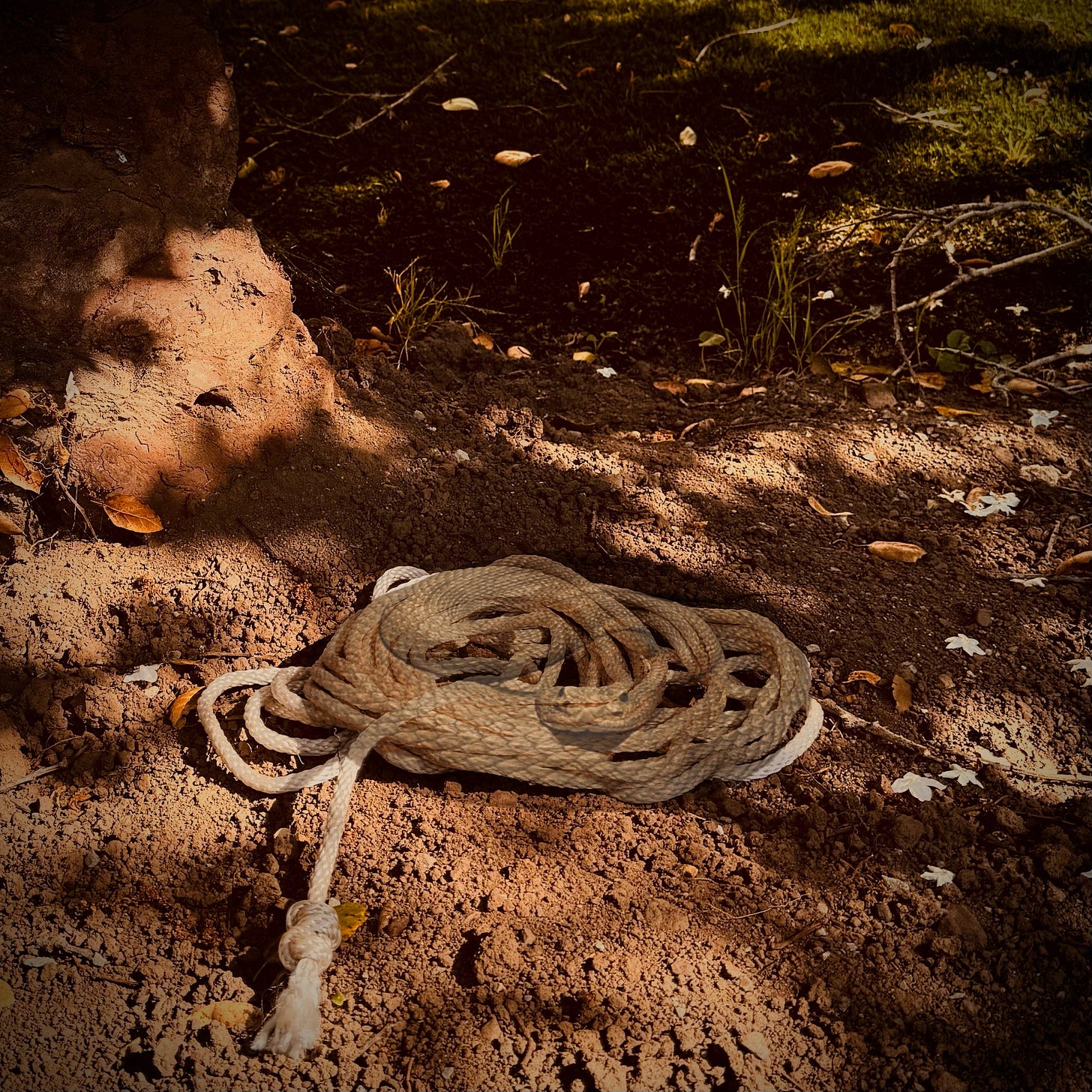If you’ve made it this far in this series, welcome back. This has become more than just an essay. It’s become a journey. And thank you for joining me down this path.
In Part 1, we explored a question: What is agency, really? And why do we seem to be losing it? In Part 2, we traced a brief history of agency, from ancient Greek ph…




